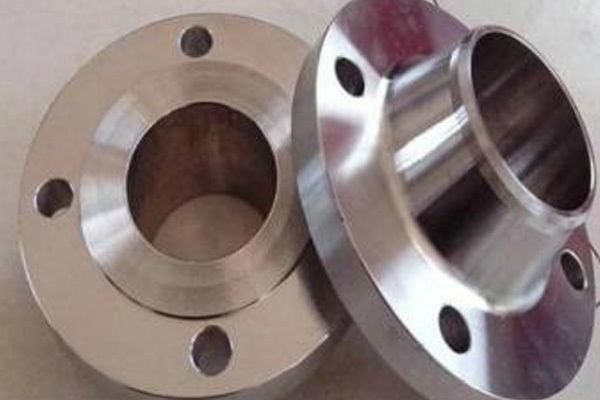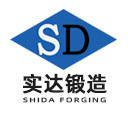The different manifestations of flanges of different standards are mainly in these aspects.
Release time:
2020-10-20
Author:
Source:
Abstract
Flanges are parts that connect shafts to each other, used for connections between pipe ends; there are also flanges used at the inlet and outlet of equipment, for connections between two devices, such as reducer flanges. In fact, flanges can be classified into standard and non-standard types. The so-called standard flange refers to flanges produced strictly according to national or industry standards, while non-standard flanges are customized based on actual conditions and specific customer requirements. Among them, standard flanges are the types that can be purchased on the market.
As we all know, if flanges are classified according to standards, there are different types, such as those classified according to the chemical (HG) industry standards, which include integral flanges (IF), threaded flanges (Th), plate flat welding flanges (PL), neck butt welding flanges (WN), neck flat welding flanges (SO), socket welding flanges (SW), butt welding ring loose flanges (PJ/SE), flat welding ring loose flanges (PJ/RJ), lined flange covers (BL(S)), and flange covers (BL); according to petrochemical (SH) industry standards, there are threaded flanges (PT), butt welding flanges (WN), flat welding flanges (SO), socket welding flanges (SW), loose flanges (LJ), and flange covers; according to mechanical industry standards, there are integral flanges, butt welding flanges, plate flat welding flanges, butt welding ring plate loose flanges, flat welding ring plate loose flanges, flanged ring plate loose flanges, and flange covers; according to national (GB) standards, there are integral flanges, threaded flanges, butt welding flanges, neck flat welding flanges, neck socket welding flanges, butt welding ring neck loose flanges, plate flat welding flanges, butt welding ring plate loose flanges, flat welding ring plate loose flanges, flanged ring plate loose flanges, and flange covers.
So, what are the differences between these flanges of different standards? Is it just a difference in classification? Actually, it is not. In addition to the difference in classification, there are other distinctions. Specifically:
1. Different considerations:
Mechanical industry flanges only consider strength and connection function, as flanges are only required to serve a connecting purpose and are not used for sealing, so mechanical flanges are sufficient; whereas in the chemical (HG) industry, flanges must consider not only strength and connection function but also sealing performance, corrosion resistance, and temperature effects, as flanges belong to pressure vessel flanges that need to seal the medium (hot water or corrosive liquids, gases) inside the pressure vessel.
2. Different flange appearances:
In terms of flat welding flanges, their outer diameters and thicknesses are slightly different, but the center distances and bolt holes are the same, allowing for interchangeable use.
Well, that concludes the explanation of "what are the differences between flanges of different standards," mainly focusing on classification methods, considerations when using flanges, and flange appearances. I hope everyone can understand and distinguish them, and correctly choose the appropriate flanges for use.

recommend Reading
Forging flame heating equipment and its application 1 - Intermittent loading flame heating equipment
2020-10-20
Classification, characteristics, and equipment used in forging
2020-10-20
Standard for flange sealing gaskets
2020-10-20




